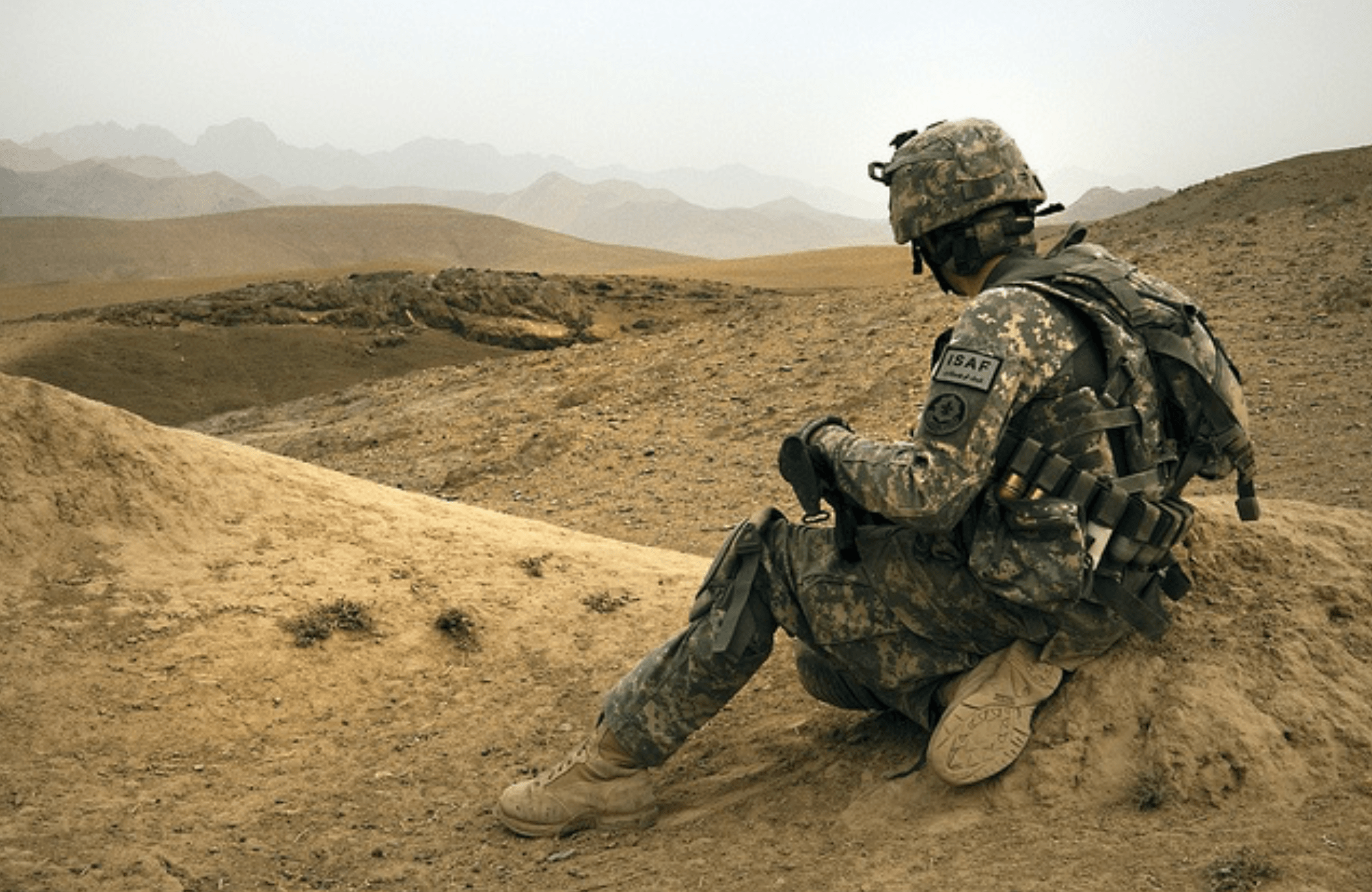The Second Trump Administration Turns a Blind Eye to Afghanistan

Published by The Lawfare Institute
in Cooperation With

Afghanistan loomed large during the first Trump administration. President Trump spoke frequently about ending the era of “forever wars” during his first term, and in February 2020, his administration signed a deal with the Taliban in Doha to withdraw all troops from Afghanistan by 2021. President Biden followed through on the deal, but after the chaos and the ignominy of the August 2021 withdrawal tainted his first year in office, his administration put Afghanistan in the rear-view mirror. Trump revived the issue of the withdrawal during his 2024 campaign as grounds for harsh criticism of Biden, focusing especially on the Kabul airport attack that occurred in the last days of the withdrawal.
Since the election, Afghanistan has once again faded from the news. Yet the current administration’s policies have profound consequences for Afghans. Understanding the ongoing effects of U.S. action—and inaction—is critical.
Humanitarian Assistance
The Trump administration has almost completely withdrawn American support for the international system of humanitarian and development assistance, with immediate and enormous impacts on countries around the world. Afghanistan is among those hardest hit. The country was plunged into a humanitarian crisis with the Taliban takeover in August 2021 as economic sanctions on the group took effect, the country’s foreign reserves were frozen, and large amounts of international aid dried up. The economy lost nearly all liquidity, and by the fall of 2021, 23 million Afghans were “marching toward starvation,” according to the head of the World Food Program. Media reported harrowing accounts of desperate families selling their children to survive. Since August 2021, 23 million Afghans—more than half of the country’s population—have required humanitarian assistance each year to survive.
The UN has launched humanitarian appeals for Afghanistan each year since 2022—starting with $4.4 billion, the largest appeal for any country in the world in 2022 (and the UN’s single largest appeal until that point). The appeal is $2.4 billion for 2025. America has been the single largest donor to Afghanistan since 2021, contributing more than $3.8 billion in humanitarian and development assistance.
When the Trump administration announced the freeze on U.S. humanitarian assistance programs in January, Afghanistan was already dealing with underfunded humanitarian appeals due to donor fatigue and other crises around the world commanding attention.
Then, on April 8, the administration said that it was ending all support for the World Food Program in Afghanistan, arguing that the funds were benefiting the Taliban. Some aid money has in fact landed in the Taliban’s hands since 2021, but the alternative—withdrawing life-saving humanitarian support—has dire consequences.
The administration’s intent seems to be to drive aid money flowing from the U.S. to Afghanistan down to zero. Not only will this terminate funding benefiting basic health services, including outpatient clinics, but it will also end basic food aid for 2 million Afghans, including about 400,000 malnourished children and mothers.
Refugees
The Trump administration says it will not extend temporary protected status (TPS)—which allows migrants from countries facing conflict or natural disasters to stay in the U.S.—for more than 9,000 Afghans. The Biden administration granted thousands of Afghans this status after August 2021, and extended it once in 2023. The current administration cites “improved” conditions in Afghanistan as its reasoning for terminating TPS for Afghans, which means they will likely be deported once that status expires on May 20.
The administration is also halting the relocation of Afghans approved for special immigrant visas, including those in third countries, as well as pausing admissions of Afghan allies under the U.S. Refugee Admissions Program.
These are issues that veterans groups such as AfghanEvac and No One Left Behind care deeply about as part of the promise America had made to its Afghan allies—those Afghans who had helped the U.S. in the 20-year war effort, whose ultimate failure necessitates protection and relocation for them. Mike Waltz, an Afghanistan war veteran who served as national security adviser until early May, advocated for refugee resettlement for Afghans in the past but has been notably silent on the issue during this administration.
Congress is also unlikely to prioritize the Afghan Adjustment Act, which would clear a path to legal permanent residency for tens of thousands of Afghan allies who came to the U.S. after 2021, and also expand the criteria for granting special immigrant visas. The act was first introduced in 2022, and a revised version was reintroduced in Congress in 2023, but it has not gone anywhere since then.
Separately, though not unrelatedly, Pakistan is also ramping up its deportation of Afghan refugees—at least some of whom had been in line to receive special immigrant visas from the U.S., which will no longer be forthcoming.
Dealing with the Taliban
U.S. hostage envoy Adam Boehler and former U.S. special representative for Afghanistan Zalmay Khalilzad visited Afghanistan in March—the first visit by U.S. officials to the country since August 2021. This was followed by the Taliban’s release of two American hostages. Also in March, the Trump administration lifted longtime bounties on three Haqqani network leaders (it’s unclear whether this was related to the hostage release deal).
All of this, however, doesn’t mean a broader relationship with Afghanistan, or official recognition of the Taliban regime, is likely. Going forward, the administration is likely to focus on the issue of American weapons left behind in Afghanistan (which, according to recent reports, have been seized by ethnic insurgents across the border in Pakistan and used for high-casualty attacks there), an issue Trump has repeatedly railed against. In addition, the U.S. may continue to engage with the Taliban for limited cooperation on counterterrorism efforts against the Islamic State Khorasan, but this is unlikely to translate into a more robust relationship.
The administration is unlikely to recognize the Taliban or reestablish a U.S. embassy or consulates in Afghanistan. But even if it does, it is unlikely to tie that lack of recognition, as the Biden administration did, to concerns about human rights and women’s rights in the country. In the end, those statements proved futile—they did not have an impact on the Taliban’s policy toward women and girls—but they served as a marker of where the U.S. stood on these issues. The second Trump administration has made clear that human rights will no longer be a focus of U.S. foreign policy.
***
The original purpose of U.S. involvement in Afghanistan—defeating al-Qaeda and the Taliban—ultimately morphed into two decades of nation-building. America lost a great deal of blood and treasure in Afghanistan; hundreds of thousands of Afghans lost their lives. In the end, the war, not just the withdrawal, proved a strategic failure: Twenty years later, the Taliban is back in charge.
But the two countries are intertwined as a result of that 20-year U.S. involvement. The war and how it ended have profoundly affected the lives of Afghans. And the current administration’s policies on refugee admissions and humanitarian assistance are hitting Afghan allies and civilians directly. Rather than reckon with its responsibility toward the troubled country, the U.S. is choosing to extricate itself entirely—an outcome that spells trouble for people suffering on the ground.



.jpg?sfvrsn=8588c21_5)
